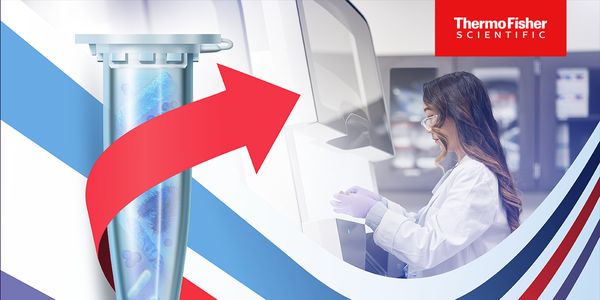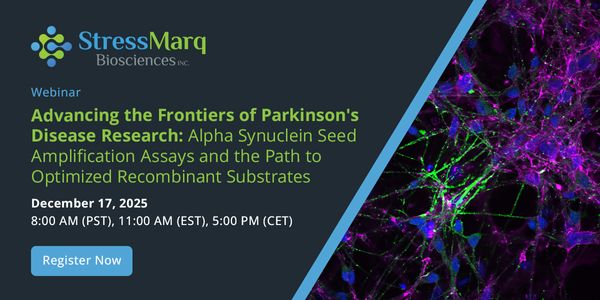Development of a Bioincubator for The Large-Scale Production of High-Quality Primary Human Hepatocytes
The use of primary human hepatocytes in basic research or other clinical applications (e.g., liver assist devices, ex vivo gene therapy, and hepatocyte transplantation) is limited by a shortage in the number of non-transplantable donor livers of sufficient quality for isolation of cells. As hepatocytes are unable to be expanded in culture, efforts have been undertaken to find ways to produce cells using in vivo mammalian bioreactors. One such bioreactor is a rodent model that combines deficiency in fumarylacetoacetate hydrolase (FAH), an enzyme critical to the catabolism of tyrosine, together with knockouts in recombination activation gene 2 (RAG2-/-) and interleukin-2 receptor gamma (IL2rg-/y) to generate severe combined immunodeficiency. These three mutations, referred to as an ‘FRG’ model, allow for the implantation of human hepatocytes into the livers of the rodent and selective expansion of healthy, FAH+ hepatocytes over time. This model has been extensively validated and is in wide use; however, it is limited by the numbers of cells that can be produced due to the small sizes of mice and rats. To address this, and other logistical issues with the use of rodent-expanded hepatocytes for clinical applications, we have generated a large animal FRG model that can be used for safely producing a theoretically unlimited quantity of high-quality human hepatocytes for research and therapeutic purposes.
Learning Objectives:
1. Explain the functions of hepatocytes and how these cells are being used for research and clinical purposes
2. Describe the rationale for use of fumarylacetoacetate hydrolase (FAH) as a useful selectable marker for the expansion of hepatocytes in vivo
3. Compare and contrast the benefits of rodent vs. large-animal FRG models for the expansion of healthy human hepatocytes






